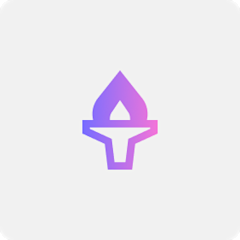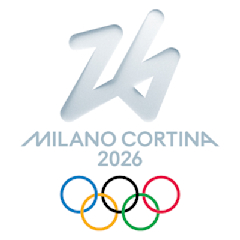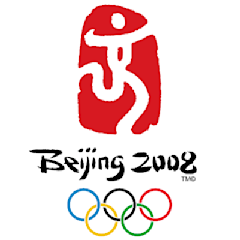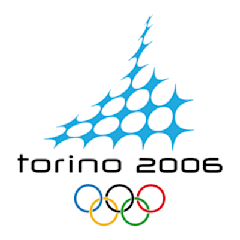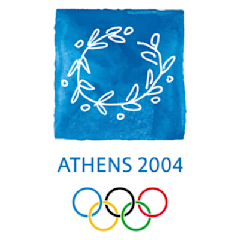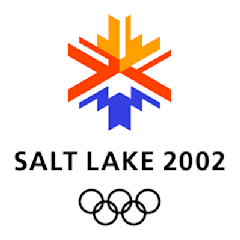Search results
Summer is the hottest and brightest of the four temperate seasons, occurring after spring and before autumn. At or centred on the summer solstice, daylight hours are the longest and darkness hours are the shortest, with day length decreasing as the season progresses after the solstice.
Oct 28, 2021 · Here are places to visit in summer in Andhra Pradesh for a time away from the hustle bustle of everyday life in 2024. Go somewhere offbeat this time!
The average annual temperature in Vijayawada is 28.2 °C | 82.8 °F. The annual rainfall is 974 mm | 38.3 inch. This region, situated near the equator line, is characterized by difficult-to-define summer seasons.
Climate information for Vijayawada (Andhra Pradesh) - weather averages in Celsius and Fahrenheit, millimeters and inches. With tips on the best time to visit.
Summer Weather in Vijayawada Andhra Pradesh, India. Daily high temperatures decrease by 13°F, from 101°F to 89°F, rarely falling below 85°F or exceeding 110°F. Daily low temperatures decrease by 6°F, from 83°F to 76°F, rarely falling below 75°F or exceeding 87°F.
Located at an elevation of 31.66 meters (103.87 feet) above sea level, Vijayawada has a Tropical wet and dry or savanna climate (Classification: Aw). The district’s yearly temperature is 30.77ºC (87.39ºF) and it is 4.8% higher than India’s averages.
Cloudy, sunny, and precipitation days. The graph shows the monthly number of sunny, partly cloudy, overcast and precipitation days. Days with less than 20% cloud cover are considered as sunny, with 20-80% cloud cover as partly cloudy and with more than 80% as overcast.
The best time for a visit to Vijayawada is in the winters, especially the months from October to March. The summers are unbearably hot, and the monsoons, although lovely and inviting, might dampen your plans if the rainfall is more than normal.
A solstice is the time when the Sun reaches its most northerly or southerly excursion relative to the celestial equator on the celestial sphere. Two solstices occur annually, around June 20–22 and December 20–22. In many countries, the seasons of the year are defined by reference to the solstices and the equinoxes .
The summers are much rainier than the winters in Chittoor. This climate is considered to be Aw according to the Köppen-Geiger climate classification. The mean yearly temperature recorded in Chittoor is 26.5 °C | 79.8 °F, as per the available data. Approximately 809 mm | 31.9 inch of rainfall occurs on a yearly basis.

